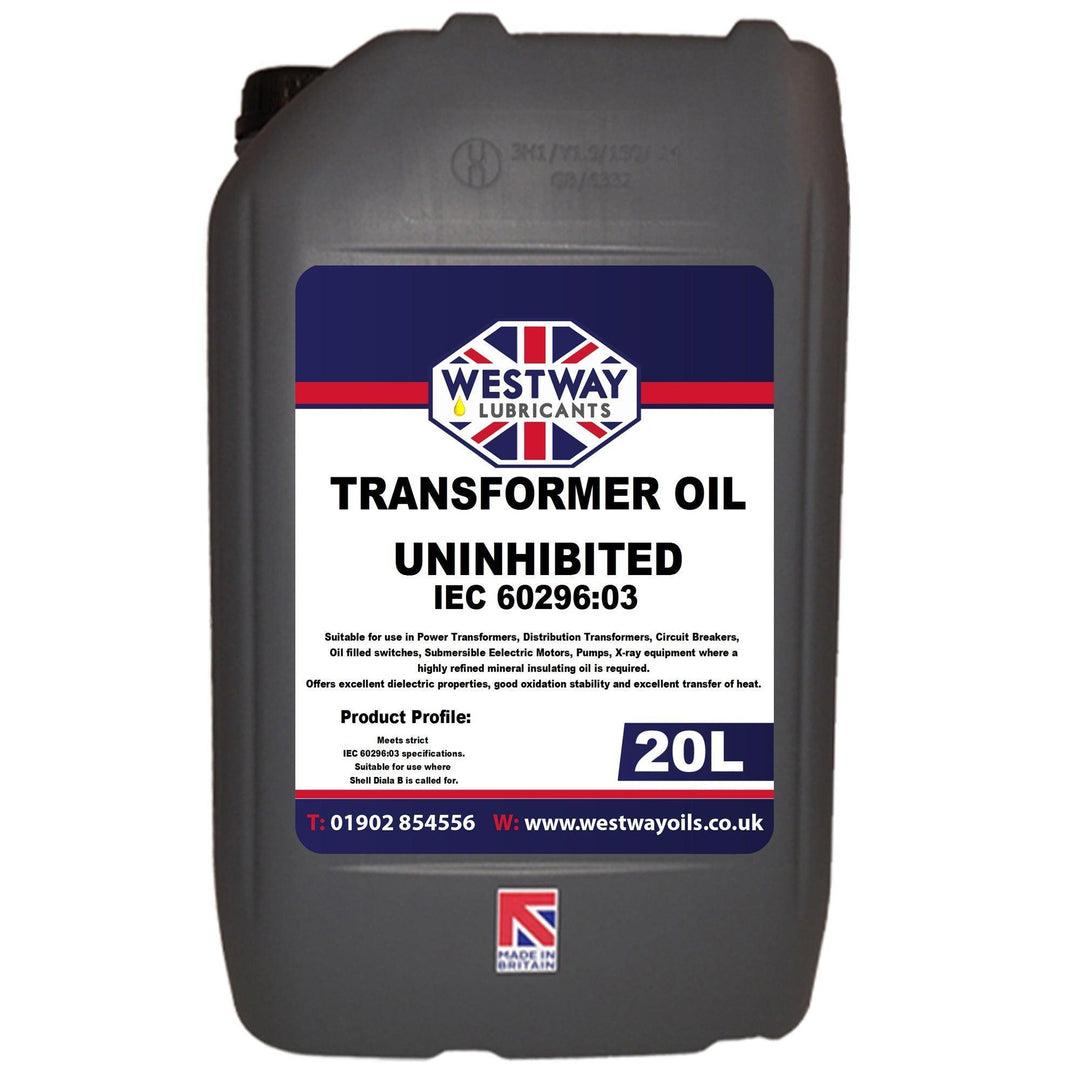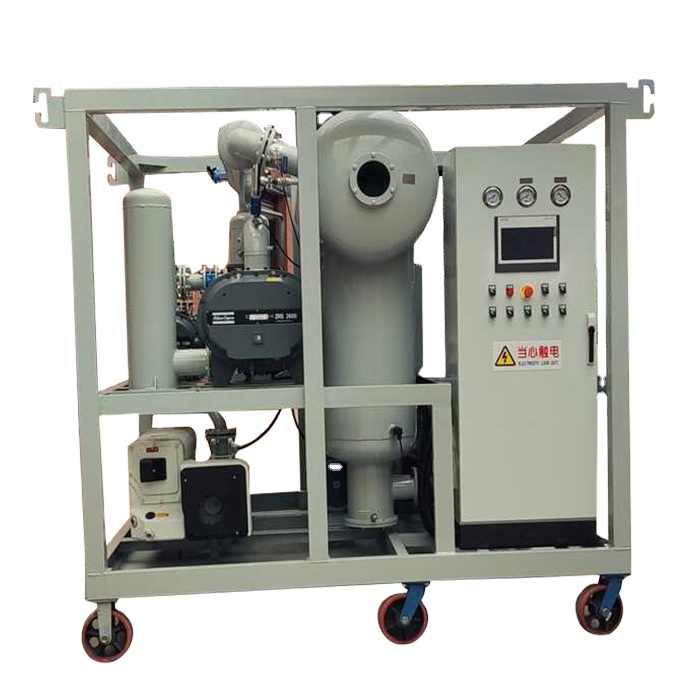Reliable Transformer Oil Recovery: Improving Oil Quality and Sustainability
Reliable Transformer Oil Recovery: Improving Oil Quality and Sustainability
Blog Article
Recognizing Dielectric Transformer Oil: Important Benefits and Makes Use Of
Dielectric transformer oil serves as a crucial part in the procedure of electrical transformers and high-voltage tools, working largely as a protecting medium. As we discover the multiple benefits and usages of dielectric transformer oil, one must take into consideration how its function affects not just equipment integrity, yet also wider functional considerations.
What Is Dielectric Transformer Oil?
Dielectric transformer oil is a customized insulating liquid utilized in electrical transformers and various other high-voltage electric equipment. Unlike conventional oils, dielectric oil is especially developed to possess high dielectric toughness, which enables it to endure substantial electrical anxiety without conducting power.
Normally obtained from mineral oil or synthetic sources, dielectric transformer oil meets rigid industry standards for pureness and efficiency. Its chemical structure is meticulously developed to minimize the risk of oxidation and deterioration over time, which is essential for preserving the oil's protecting residential properties.
In addition to its shielding features, dielectric transformer oil serves as a coolant, transferring and absorbing heat produced by electrical parts during procedure. On the whole, dielectric transformer oil is a vital component in the risk-free and reputable procedure of electric infrastructure.

Secret Benefits of Dielectric Oil
While dielectric transformer oil offers critical features in electrical systems, its advantages extend past simple insulation and cooling. One of the primary benefits of dielectric oil is its high dielectric toughness, which properly stops electrical break down, making sure the secure operation of transformers and various other high-voltage equipment. This property is vital in keeping the integrity and long life of electric systems.
Furthermore, dielectric oil possesses superb thermal conductivity, permitting effective warmth dissipation. This characteristic lessens the danger of overheating, therefore expanding the life expectancy of transformers and reducing maintenance prices. Furthermore, the oil's chemical security and resistance to oxidation contribute to its resilience, making certain regular performance in time.
Another significant benefit is its capability to reduce arcing and corona discharge, which can damage electrical parts. By providing a steady tool for electrical power transfer, dielectric oil improves operational safety.

Applications of Dielectric Transformer Oil
Dielectric transformer oil plays a pivotal role in different applications within the electrical market, primarily as a result of its special protecting and cooling down homes. Among its key usages is in power transformers, where it offers to help with and protect inner parts warmth dissipation. This is essential in keeping operational effectiveness and longevity.
In addition to power transformers, dielectric oil is also used in circulation transformers, making sure safe and reliable energy circulation. Its high dielectric stamina protects against electric discharges, thus lowering the danger of failings and improving system dependability. Dielectric transformer oil is utilized in activators and capacitor financial institutions, where it does comparable features, securing sensitive equipment from electrical failure.

Upkeep Factors To Consider
Appropriate upkeep of dielectric transformer oil is essential to ensure ideal efficiency and longevity of electrical tools. Regular tracking of the oil's chemical and physical homes is important to identify any kind of destruction that might impair the insulation and cooling capabilities. Secret specifications to assess include wetness web content, level of acidity, and dielectric stamina.
Routine tasting and research he said laboratory analysis can determine the visibility of impurities such as liquified gases, particulates, and oxidation results. These analyses help in determining the oil's problem and whether it needs treatment or substitute. Filtration systems can be employed to eliminate particulates and moisture from the oil, recovering its shielding residential properties and expanding its lifespan.
Additionally, preserving appropriate operating temperatures is you can try these out crucial; excessive warm can increase oil degradation (used transformer oil). Executing temperature surveillance systems can help in spotting overheating problems early
Environmental Influence and Safety And Security
In analyzing the ecological impact and security of dielectric transformer oil, it is necessary to consider both its structure and potential hazards. Commonly derived from mineral or synthetic sources, dielectric oils can differ significantly in their ecological footprint.
Safety and security issues mainly focus on flammability and toxicity. Dielectric oils can be combustible, requiring appropriate storage and taking care of treatments to mitigate fire threats. Additionally, particular additives used in transformer oils might present toxicological dangers, highlighting the value of picking oils with favorable security profiles.
Regulative compliance is also crucial (dielectric transformer oil). Sticking to ecological laws and safety and security requirements ensures that the usage of dielectric transformer oils lessens negative influences on human health and wellness and the ecosystem. Finally, comprehending the environmental implications and safety protocols connected with dielectric transformer oils is necessary for accountable usage in electrical applications
Verdict
In summary, dielectric transformer oil works as a vital element in enhancing the safety and security and efficiency of electric transformers and high-voltage devices. Its high dielectric toughness and superb thermal conductivity provide important advantages, including reliable insulation and cooling. The diverse applications of this specialized oil, coupled with recurring upkeep and surveillance, guarantee optimum efficiency and long life of electrical systems. Factor to consider of ecological impact and safety further highlights the importance of dielectric transformer oil in modern-day electrical facilities.
Dielectric transformer oil serves as a critical component in the procedure of electrical transformers and high-voltage devices, operating mostly as a shielding medium. Dielectric transformer oil is a specialized shielding fluid utilized in electrical transformers and other high-voltage electrical devices. Unlike traditional oils, dielectric oil is particularly developed to have high dielectric toughness, which allows it to hold up against substantial electric tension without performing electricity.
One of the key advantages of dielectric oil is its high dielectric strength, which effectively protects against electrical malfunction, making certain the risk-free procedure of transformers and other check this site out high-voltage equipment.In recap, dielectric transformer oil offers as an important component in improving the safety and security and performance of electrical transformers and high-voltage equipment.
Report this page